Why did eggs suddenly become so expensive?
Not long ago, they were just a cheap breakfast staple—now they’re raising eyebrows at the checkout line. There are many reasons behind the spike, but at the heart of it all?
A simple rule of economics: When something’s easy to find, it stays cheap. When it gets scarce, the price goes up.

Table of Contents
Egg Boom After Zoom: How COVID Changed Breakfast
1. Before 2020, the average American ate about 240 eggs per year.
2. When COVID hit, health trends shifted. With more people cooking at home and focusing on nutrition, egg consumption jumped to around 280 eggs per person annually.
3. That’s a 15% increase in egg demand—breakfast just got serious.
4. To meet that appetite, the U.S. needs around 92.4 billion eggs a year. Add a buffer, and production needs to hit close to 100 billion annually.

Cluck and Divide: Broilers vs. Layers
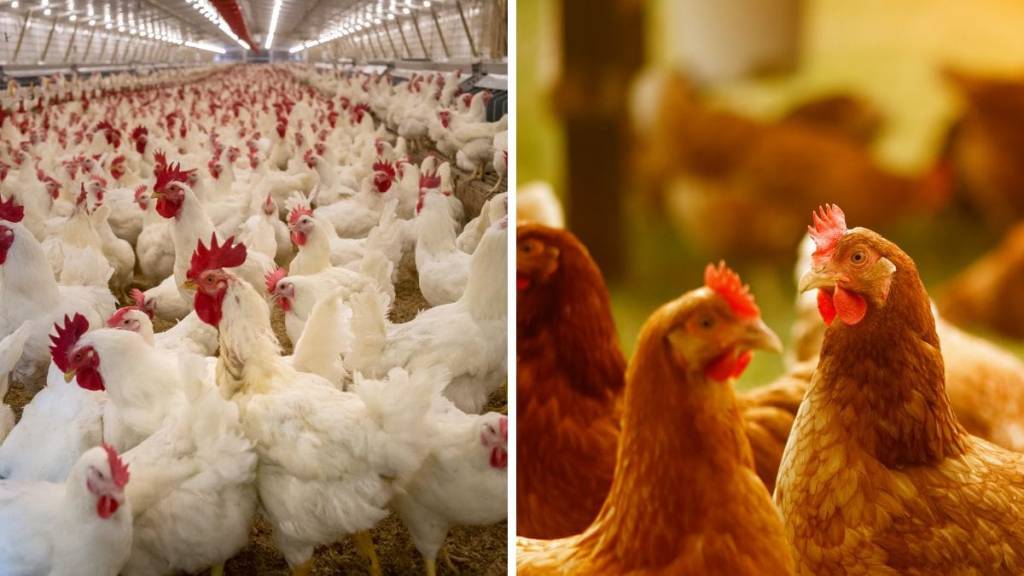
5. Chickens come in two main types: Broilers and Layers.
6. Broilers are raised for meat, and layers are bred specifically to lay eggs.
7. Broilers are market-ready in just about 30 days—quick turnaround.
8. Layers, on the other hand, take about five months before they even start laying.
9. A healthy, modern layer can produce about 280 eggs a year.
10. That’s nearly an egg a day—talk about reliable output.
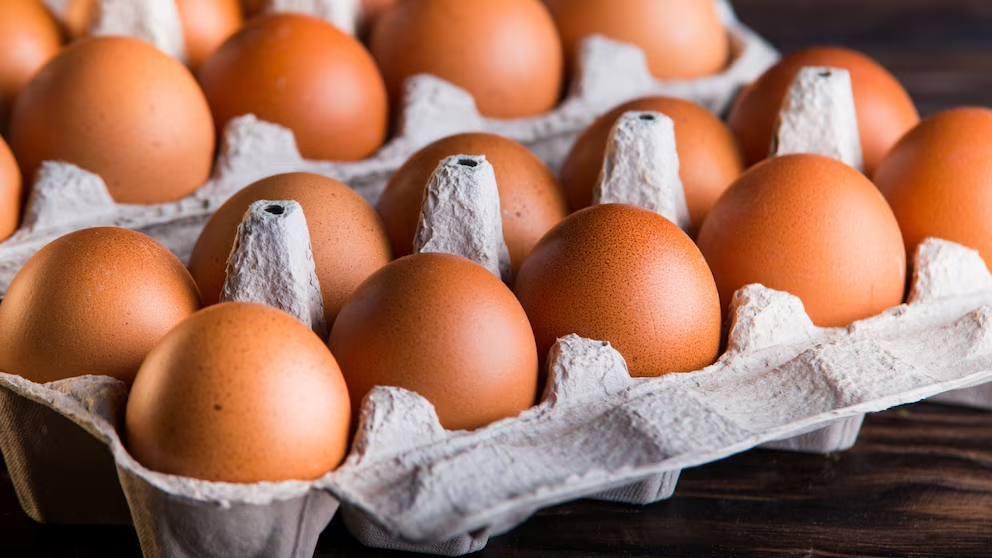
Bird Flu Blues: Why Eggs Got Pricey
11. In 2023, the U.S. had around 380 million laying hens.
12. At 280 eggs per hen, that added up to about 100 billion eggs a year.
13. That steady supply kept prices in check—until it didn’t.
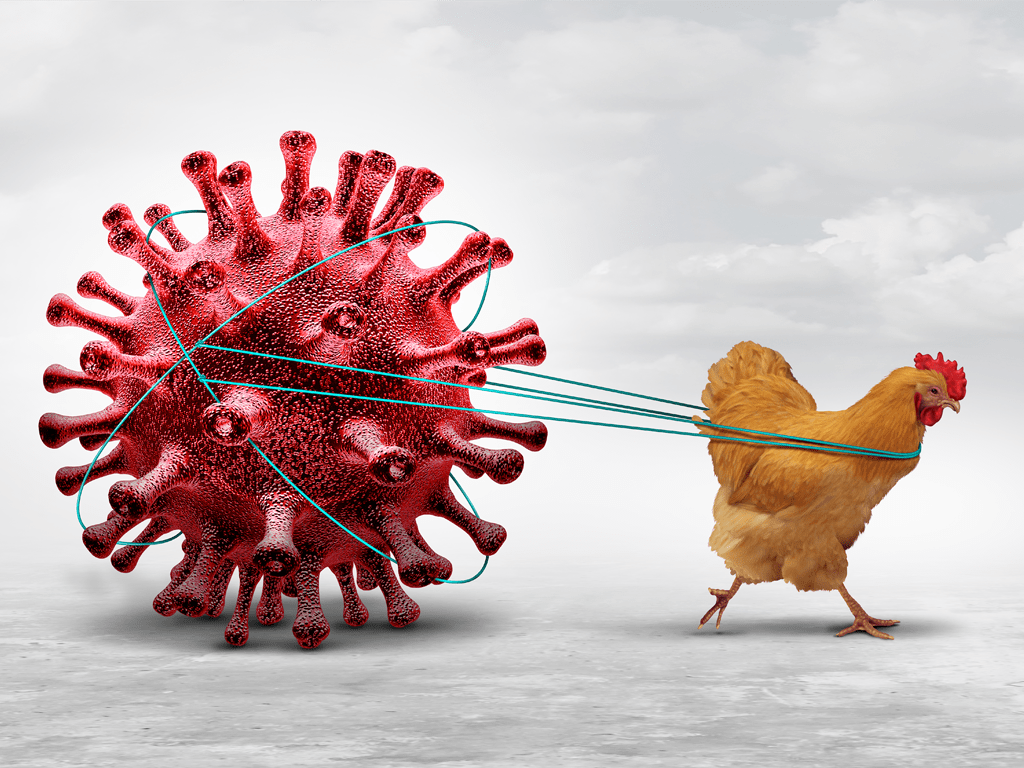
14. In 2024, avian influenza started spreading across American poultry farms.
15. The H5N1 avian influenza strain was originally identified in China in 1996.
16. It spread globally through migratory birds and eventually hit the U.S. hard.
17. In Iowa—a major egg-producing state—a farm with 4 million hens got infected and had to cull the entire flock.
18. Nationwide, more than 40 million laying hens have been culled since 2024.
19. That’s over 10% of the entire egg-laying population, gone.
20. While inflation and labor costs added pressure, the real price spike came from the flu.
21. At one point, a dozen eggs reached nearly $10.
22. Farms are raising new hens to bounce back.
23. But with more outbreaks, they’re losing birds just as fast—supply can’t catch up.
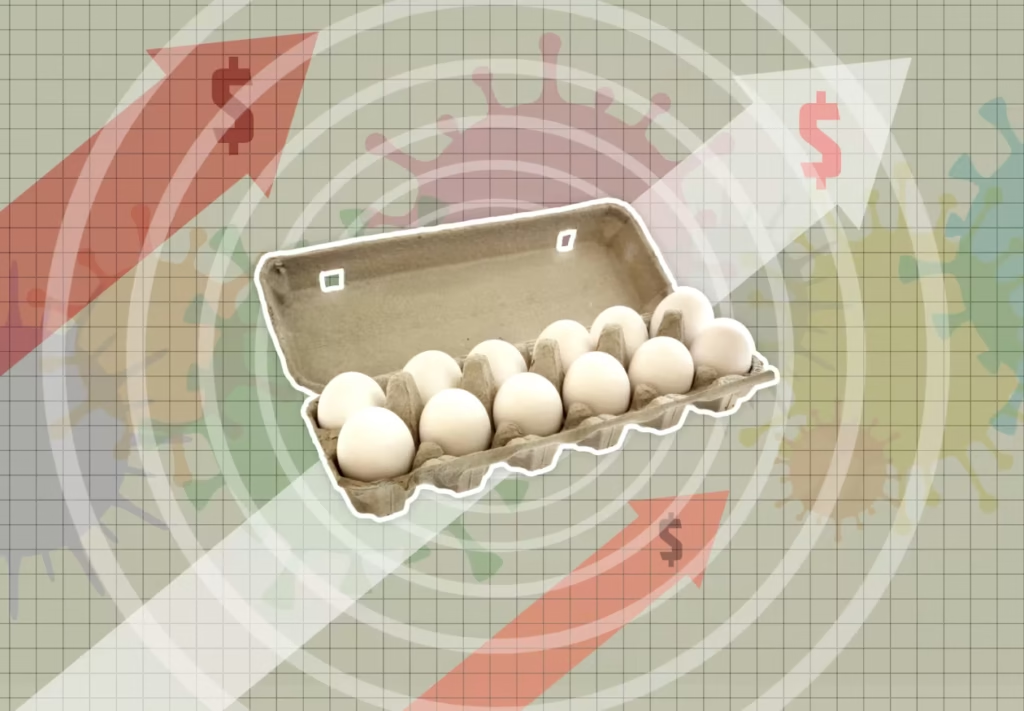
Milk, Mutations, and Moo Flu?!

24. The U.S. government has started testing avian flu vaccines for poultry.
25. It’s the first time birds in America are being vaccinated instead of just culled.
26. Turns out, culling alone isn’t stopping the spread.
27. In the meantime, the U.S. is importing eggs to ease the shortage.
28. Yes—foreign eggs are filling American cartons.
29. But here’s the twist: this story goes beyond breakfast.
30. H5N1 isn’t just affecting birds anymore.

31. Since 2023, the virus has shown up in mammals like cows, minks, otters, foxes, and even sea lions.
32. Some pasteurized milk in U.S. stores has tested positive for traces of the virus.
33. That means infected dairy cows were still producing milk.
34. The FDA says it’s not a risk to humans right now—but concern is growing.
35. In March 2024, one U.S. case showed bird flu jumping from cow to human.
36. That’s especially worrying because cows can catch both bird flu and human flu at the same time.
37. If those viruses mix, a new strain could form.
38. One that might actually spread between people.
39. So far, human-to-human transmission hasn’t been confirmed.
40. But animal-to-human transmission keeps happening.
41. Globally, there have been 907 confirmed human cases.
42. Sadly, 464 of those people didn’t survive—a fatality rate of 52%.
43. In early 2025, a study tested 150 U.S. veterinarians working with cows.
44. Three of them tested positive for H5N1—but had no symptoms.
45. Which raises a red flag: how many more people might be silently infected?

Global Grit & Egg-spectation
46. The U.S., Canada, the U.K., Japan, and several EU countries are stockpiling bird flu vaccines.
47. Canada, for example, bought 500,000 doses of an H5N1 vaccine in February 2025.
48. The U.S. is also investing in vaccine research and prepping for worst-case scenarios.
49. Health agencies are closely tracking which virus strains are spreading.

50. The CDC and WHO now recommend vaccines tailored to the dominant strain: Clade 2.3.4.4b.
51. That’s the version circulating now—and it’s the one to watch.
52. Egg supplies in the U.S. are slowly recovering, but it’ll take time.
53. Farms are rebuilding flocks, but the virus remains unpredictable.
54. Fortunately, better biosecurity and fast responses are helping.
55. Most U.S. outbreaks are linked to migratory birds, especially in winter.
56. New infections are still being detected, but early action is limiting the damage.
57. Federal task forces are in place, and strict protocols are being enforced.
58. It’s not over yet—but for now, the outlook is cautiously optimistic.
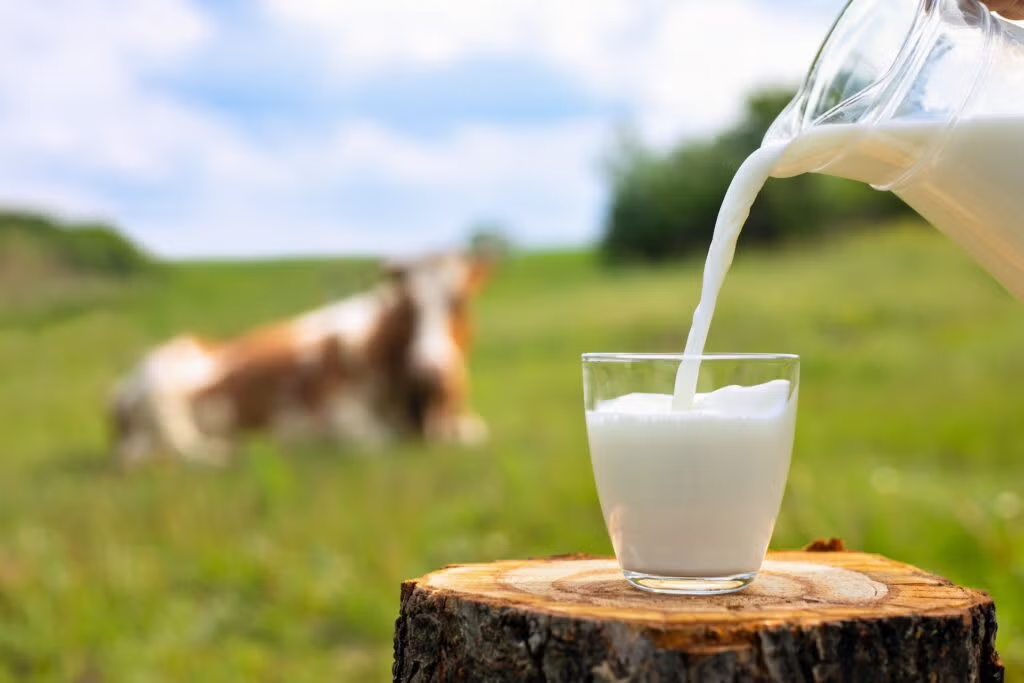
Scrambling Without a Plan?

The U.S. is fighting bird flu by culling hens—but the virus keeps spreading, and egg prices keep climbing. Right now, we’re breaking eggs without fixing the problem. Prices are likely to stay high for a while.
More importantly, we need to closely monitor if the virus begins to spread between people. Investing in updated vaccines now—even with a modest budget—could be a smart move. It’s not just about eggs anymore. It’s about staying ready for what comes next.
Discover more from Alphazen Dynamics
Subscribe to get the latest posts sent to your email.



